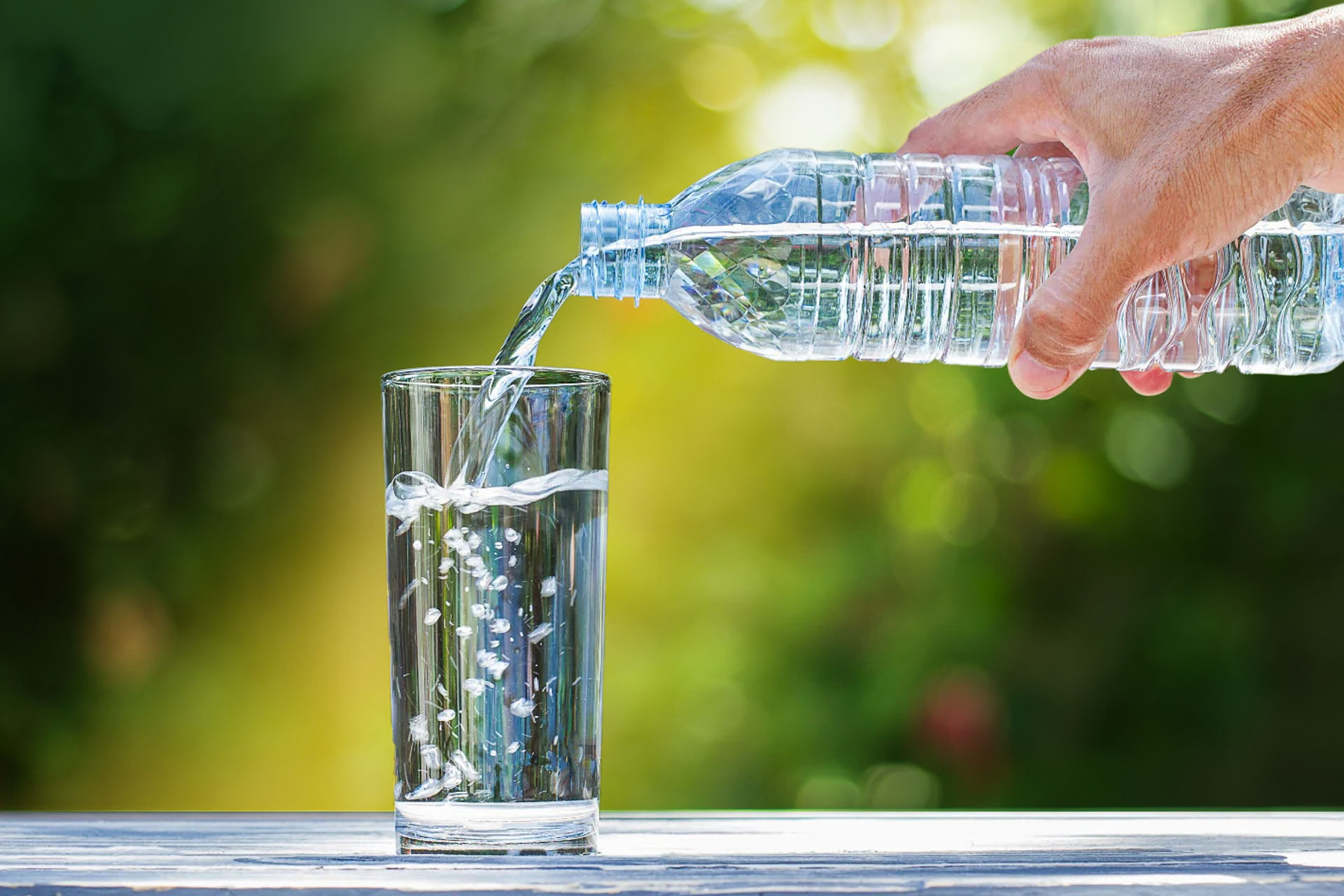
Analytical Technology Laboratory, authorized by FSSAI and APEDA, offers a complete range of water testing services for food and beverages, pharmaceuticals, health, and hospitality sectors. We assist in implementing total water quality and safety procedures and ensure compliance with domestic and international statutory regulations.
Intense pollution drastically impacts climatic and environmental conditions it’s imperative to test and analyze bottled/packaged water and water storage facilities to ensure adherence to statutory regulations.
We incorporate hi-tech facilities, the latest technology, strategies, and qualified technicians and analysts to identify potential risks of pollutants, sustain quality and provide accurate test reports crucial for obtaining licenses at quick turnaround times and competitive pricing.
We conduct various tests to analyze the physical, chemical, microbiological parameters and much more.
|
|
|
|
|
|
|
|
|
|
Water testing reports in accordance with statutory is essential for pharmaceutical, personal care, cosmetic, food and beverages industries and Analytical Technology Laboratory is an accredited laboratory that helps businesses meet their evaluation and certification requirements.
Inadequate sanitation and quality control processes lead to water contamination by pathogenic microbes. Faces of humans, birds, animals and livestock contaminate water making it unsuitable for consumption. Microbiological analysis helps in determining the presence of faucal contamination in water and is a critical aspect of water testing.
|
|